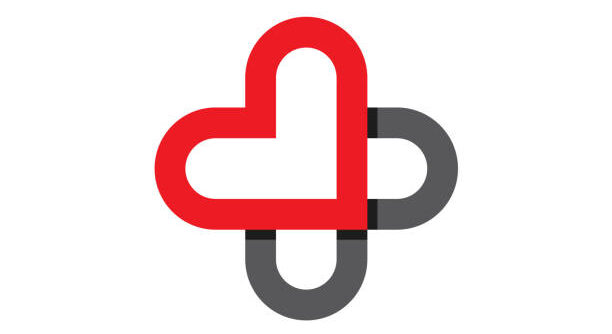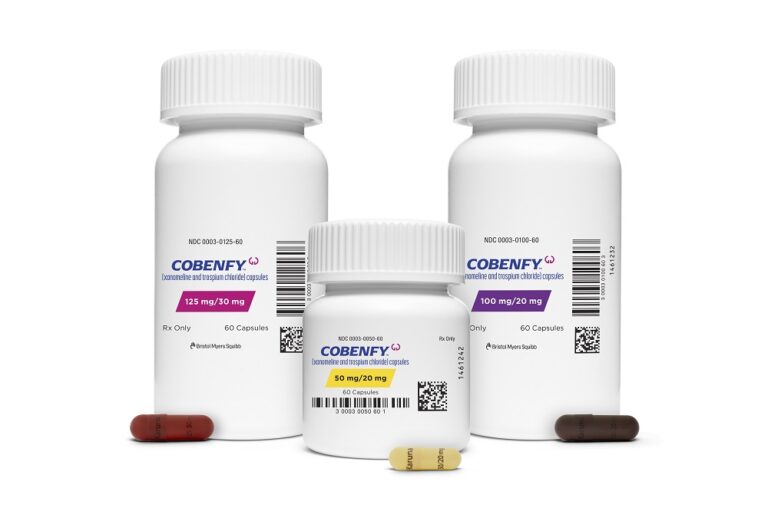
Health insurance isn’t always the most intuitive to navigate. That’s what Cigna Healthcare hopes to change with the introduction of six new digital tools for members.
Cigna Healthcare, the health benefits provider of The Cigna Group, unveiled these tools last week. They include:
- AI-powered virtual assistant: This tool can answer questions about benefits coverage, claims and care options. It can also connect members to a customer service advocate if additional help is needed.
- Personalized provider matching: Customers can receive a list of in-network providers based on their needs and preferences, such as language, geography, and virtual or in-person care.
- Real-time cost tracking: Members can keep track of their costs by receiving a breakdown on deductibles, out-of-pocket costs and bill payments.
- Smart claim submission: Customers can upload bills they receive from providers. The tool reads the bill, auto-fills claim details and provides digital updates.
- Plan selection support: This is meant to help those receiving coverage through their employer make better decisions during the open enrollment period. It can help them compare prices, search for providers and estimate their possible healthcare costs.
- Early access to myCigna: New Cigna Healthcare customers and those with updated benefits can log into the myCigna member portal before their plan starts to prepare for their care and add their digital ID card to their Apple or Google Wallets or provider portals.
Cigna launched these tools to make the customer experience as seamless as possible, according to Chris DeRosa, executive vice president of business improvement and innovation at The Cigna Group. Currently, only one in five consumers are confident in their ability to understand and adequately use healthcare services, according to research from Cigna.
“The purpose of it is to continue to make the customer’s experience and their efficacy in getting the care they need and the access to it as simple and as quick as we can,” he said during an interview at the AHIP 2025 conference. “We really want to find a way to keep our processes and systems from being a barrier for customers to get access to care in a timely way.”
The company already has early results on some of the tools. For example, its early data shows that four out of five customers who had access to the virtual assistant found it helpful. To further track the success of the tools, Cigna will measure patient satisfaction, as well as net promoter scores, which measure customer loyalty to customer experience programs. It has also tied executive compensation to improve net promoter scores.
DeRosa previously ran Cigna’s government business on Medicare and Medicaid but moved to the Office of Excellence and Transformation after the company’s divestiture of its government business. The Office of Excellence and Transformation is particularly focused on improving the customer and provider experience, which DeRosa said is especially important following the December killing of UnitedHealthcare CEO Brian Thompson.
“If you think about last December, [that] was deeply disturbing for the industry, and it’s become abundantly clear that a lot of people, some people, are very dissatisfied with their healthcare services and what they’re getting,” he said. “And we really have an opportunity as an industry and a real need to do better.”
Some current focus areas for the Office of Excellence and Transformation include providing clearer expectations of cost so there isn’t any surprise billing, advancing value-based care and improving health literacy, he added.
Photo: tonefotografia, Getty Images






